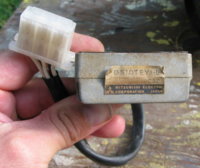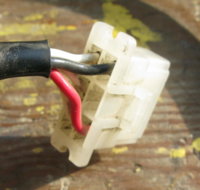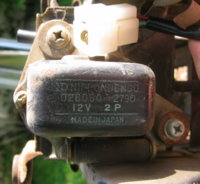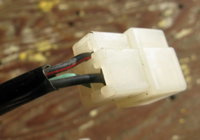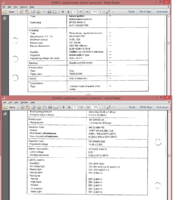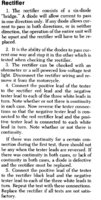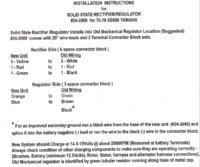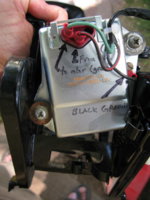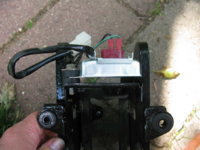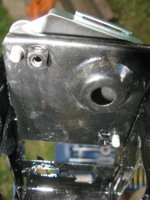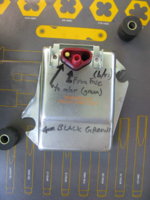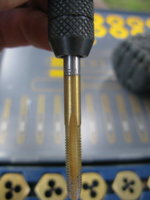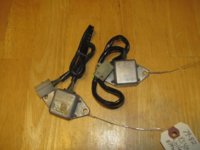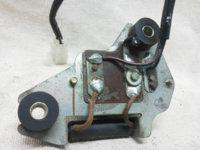Correction, Electricity made in the stator is AC. That AC current is going "every which way" The Bike is a DC bike. So the first stop for the electrons is the rectifier. the recifier has 3 Diodes. A diode makes electricity goes one way only. 3 phase is the number of white wires coming off the stator. if for example someone put 6 wires on the stator, you would have 6 phase. (bogus example) The Rectifier is designed so that you one phase will provide X amount of AMP's. and if the Draw becomes too much, the 2nd diode will provided the additional AMP's. then if the Draw is Maxed, the 3 phase will cover the rest.
If you look at the diagram for the 80's model, you will see the white wires split off, (to the headlight) even after that split is a diode.
If you look at the Manuals, the engineers put in the current and draws of all the lights, for the calculations, They used that to give us the minimum needed stator, as well as turn signal canceling device. So it is about Math, and I am not good at that. So I gues in attempt to answer your question, the engineers, look at the current technology (1980) and what is it going to take to run all the lights, and keep the bike running. Can we save $$ by going going cheap? Where is the Need/Want spot at?
AC Alternating Current
DC Direct Current
Thanks for the info, it is useful - however, with that bit you quoted, I meant that the rectifier diodes appear to be blown, because the current goes through in every direction I tested with the ohm meter.

